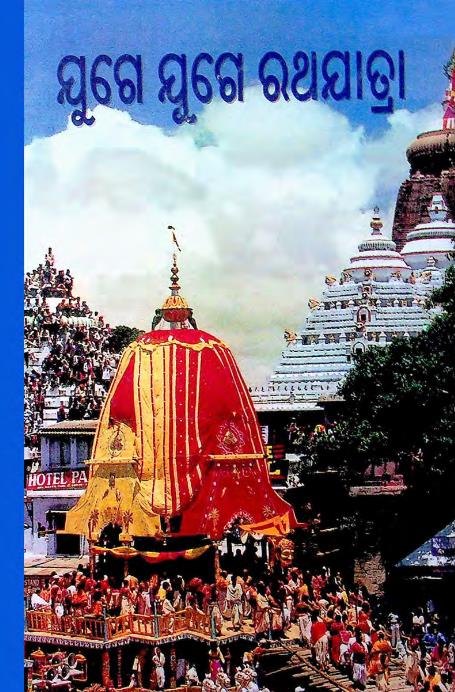The Rathajatra, or Chariot Festival, of Puri is not just a significant event for the followers of Lord Jagannath; it is a vibrant manifestation of culture, devotion, and community spirit. The event draws thousands of devotees and tourists from far and wide, showcasing the rich heritage and traditions of Odisha.
Organized annually by the Shree Jagannath Temple Administration (SJTA), the Rathajatra is a momentous occasion celebrating the annual journey of Lord Jagannath, Lord Balabhadra, and Devi Subhadra from the Jagannath Temple to the Gundicha Mandir. This sacred procession is a symbol of divine love, community devotion, and the eternal connection between the deities and their devotees.
The festival typically begins on the second day of the Shukla Paksha in the month of Ashadha, according to the Hindu calendar. Countless devotees gather at the sacred city of Puri to witness the grand event, which often lasts for several days. The elaborate preparations for the Rathajatra culminate in the construction of massive chariots, intricately designed and adorned, reflecting the grandeur of the deities they carry. Each chariot — Nandighosha for Jagannath, Taladhwaja for Balabhadra, and Darpadalana for Subhadra — symbolizes different aspects of divinity and strength.
The journey of the chariots from the Jagannath Temple to the Gundicha Mandir is marked by immense crowds pulling the chariots with ropes, creating an atmosphere of collective spiritual fervor. This act of pulling the chariots symbolizes the community’s effort in bringing the divine closer and manifests a sense of ownership and belongingness among the devotees. The energetic chants of “Jai Jagannath” resonate through the streets, unifying everyone in piety and celebration.
Beyond its religious significance, Rathajatra has substantial cultural implications. It serves as a platform for artisans, artists, and performers to showcase their skills, enriching the festival’s diversity. Traditional music, dance, and drama enrich the environment, providing a sensory celebration that captivates all who partake. Furthermore, the festival fosters a spirit of unity amidst diversity, as people from various social, cultural, and economic backgrounds converge to experience the sanctity of the occasion.
Moreover, SJTA plays a pivotal role in ensuring the smooth conduct of the Rathajatra. From sanitation and accommodation arrangements to managing security and crowd control, the administration works tirelessly to provide a safe and memorable experience for all participants. The meticulous organization reflects the significance of faith and responsibility placed upon the temple administration, ensuring that traditions are respected and upheld.
Rathajatra also serves as a reminder of the values imparted by Lord Jagannath. The journey signifies his embrace of humanity and the importance of compassion, love, and service to each other. The festival thus transcends religious boundaries, inviting people of all beliefs to experience its essence.
In conclusion, the Rathajatra is a grand celebration that goes beyond mere ceremonies; it encapsulates a world of devotion, culture, and community spirit. As we look back on the prominence of this festival through the years, particularly since the publication of the celebratory narratives by SJTA in 2001, it remains an enduring symbol of Odisha’s rich cultural tapestry and the unwavering devotion of its people to Lord Jagannath.
Books Info
| Books name | Juge Juge Rathajatra/ଯୁଗେ ଯୁଗେ ରଥଯାତ୍ରା |
| Author | SJTA, Ed. |
| No Of pages | 174 |
| Publisher | Srijagannatha Mandira Prasashana |
| Publication | 2001 |
| Printed At | Abhijit Computerised Printing Press |
| Distributor | NA |

